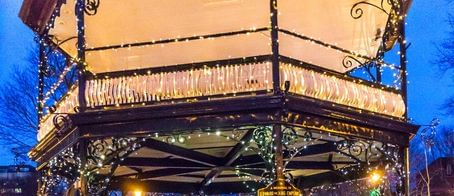Land acknowledgement
The Saint John Region is situated on the traditional territory of the Wolastoqiyik, Mi’Kmaq, and Peskotomuhkati Nations. This territory is covered by Peace and Friendship Treaties signed with the British Crown in the 1700s. The treaties recognized the significant and meaningful role of the Wolastoqiyik, Mi’Kmaq, and Peskotomuhkati in this province and the country with the intent to establish a relationship of trust and friendship.
Envision Saint John: The Regional Growth Agency pays respect to the elders, past and present, and descendants of this land, and is committed to moving forward in the spirit of truth, collaboration, and reconciliation.











